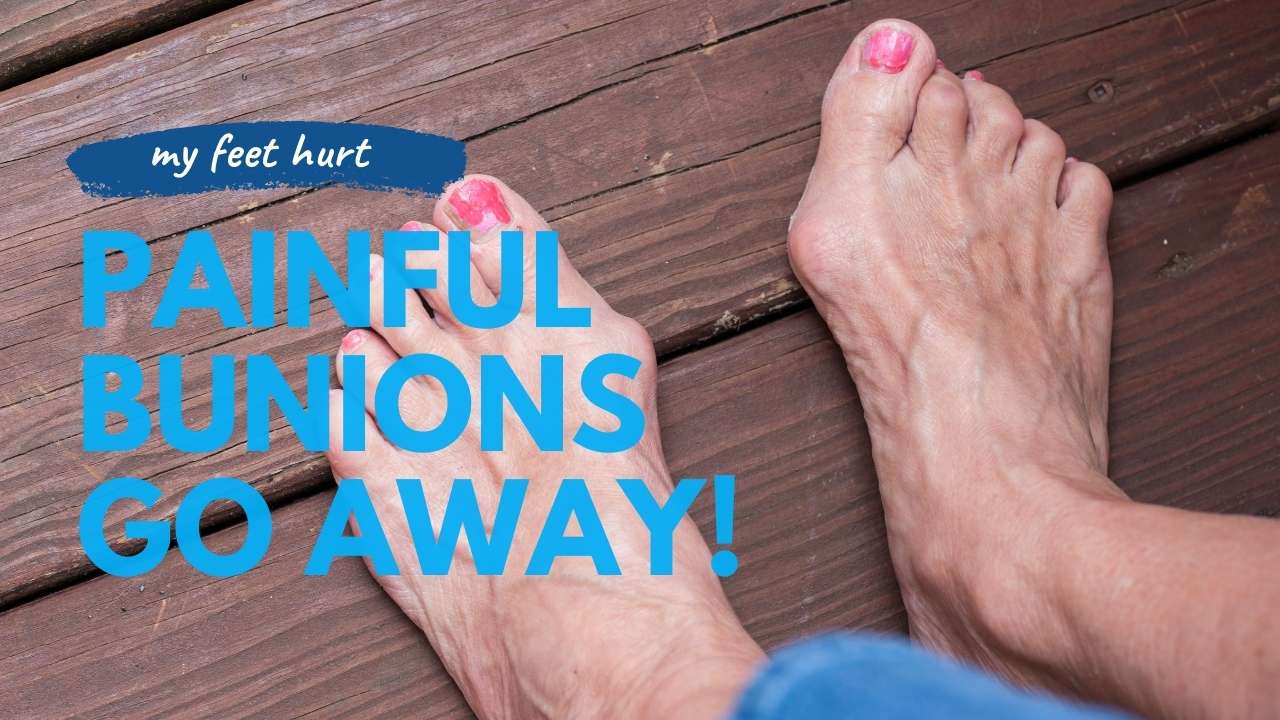A bunion is essentially a partial dislocation of the great (big) toe at its base joint that progressively worsens over time. The end of the big toe slowly dislocates further and further towards the smaller toes while the end of the first metatarsal (at the base of the toe) becomes more protuberant. This creates an obvious bump on the inside of the foot.
You will most likely notice a bump forming long before you experience pain. And, ignoring changes in the feet is a big mistake – it is always easier to prevent a foot condition than to treat one. However, most of us often choose to continue the same foot care habits despite the negative effects they have on our feet. Eventually, what may have seemed like a simple cosmetic issue ends up causing daily pain.

In addition to the visible bump on the side of the foot, there are also other signs you should look for whenever bunions are a concern. Check the list below:
Therefore, the best way to prevent bunion pain and further inflammation is to opt for the right shoes and socks. You should always look for shoes with a wide toe box, wide instep, and soft soles that have a smooth surface in the bunion area. This preventative measure should, of course, be coupled with close supervision from a podiatrist.
+1-804-273-1717
